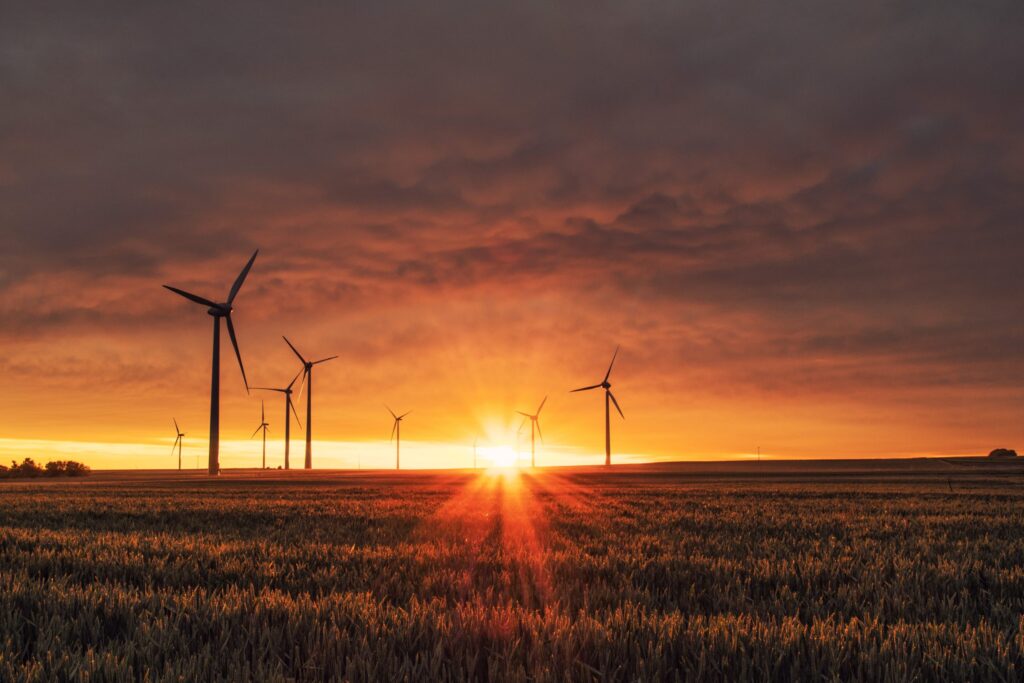The Indian government has set an ambitious target of achieving 175 GW of renewable energy by 2022. This includes 40 GW of rooftop solar, 60 GW of grid-scale solar, and 60 GW of wind. Currently, India is the third-largest solar market in the world and has the fourth-largest installed wind power capacity in the world. This shows us that renewable energy resources are picking up significantly in the country, but the main challenge now is the integration of these resources into the Indian electric grid to meet energy demands.
At the moment, 80% of electricity is obtained through coal, oil, and natural gas. To reduce this percentage and increase electricity obtained from renewable sources, the Ministry of New and Renewable Energy had announced the National Wind-Solar Hybrid Policy last year. The objective was to provide a comprehensive framework for the promotion of large grid-connected wind-solar PV hybrid systems. Under the policy, the government will extend all financial and fiscal incentives granted to normal wind and solar projects to hybrid projects as well. It is aimed at combining all types of energy storage techniques to the hybrid project to help with the reduction of the variability of renewable energy generation and ensure availability of firm power. It provides for the integration of wind and solar, and it also provides for flexibility in the share of wind and solar components in the hybrid project.
It has been observed that wind and solar energy complement each other. For example, during the monsoon season, wind speed is high but due to cloud cover, solar generation is low, also during the night time wind speed is high. So a solar-wind hybrid will help decrease fluctuations in the energy produced by either one of the sources in isolation.
Experts believe that India has an ideal market for hybrid projects, since many states in the country are rich in both wind and solar energy. States like Gujarat, Tamil Nadu, Maharashtra, Karnataka, and Andhra Pradesh all have both wind and solar projects. Using hybrid projects allows wind and solar modules to feed power into the same transmission lines, which, in turn, allows firms to double their capacity at each site. Hybrid projects also ensure better contribution to meet peak load.
Apart from this, energy storage can also be provided to improve renewable integration. This will not only provide certainty to the generation curve but also open up additional business opportunities to renewables. At times when both solar and wind energy are available at peak capacity, adding another component of battery storage can come in handy, as it will be able to absorb fluctuations in supply. One of the concerns though about adding storage to wind and solar projects has been increased cost. But given the advancement in storage technologies, the levelized costs are falling very rapidly.
Given the scale of renewable energy deployments in India and the challenges of grid infrastructure, India has the potential to be home to some of the largest hybrid projects. All that is needed is a push by policymakers to develop hybrids as ‘the new trend’ in the renewable energy market. Apart from this, if specific areas are selected by the government for hybrid projects and transmission facilities are provided in those areas, companies will be drawn towards taking up their construction.

